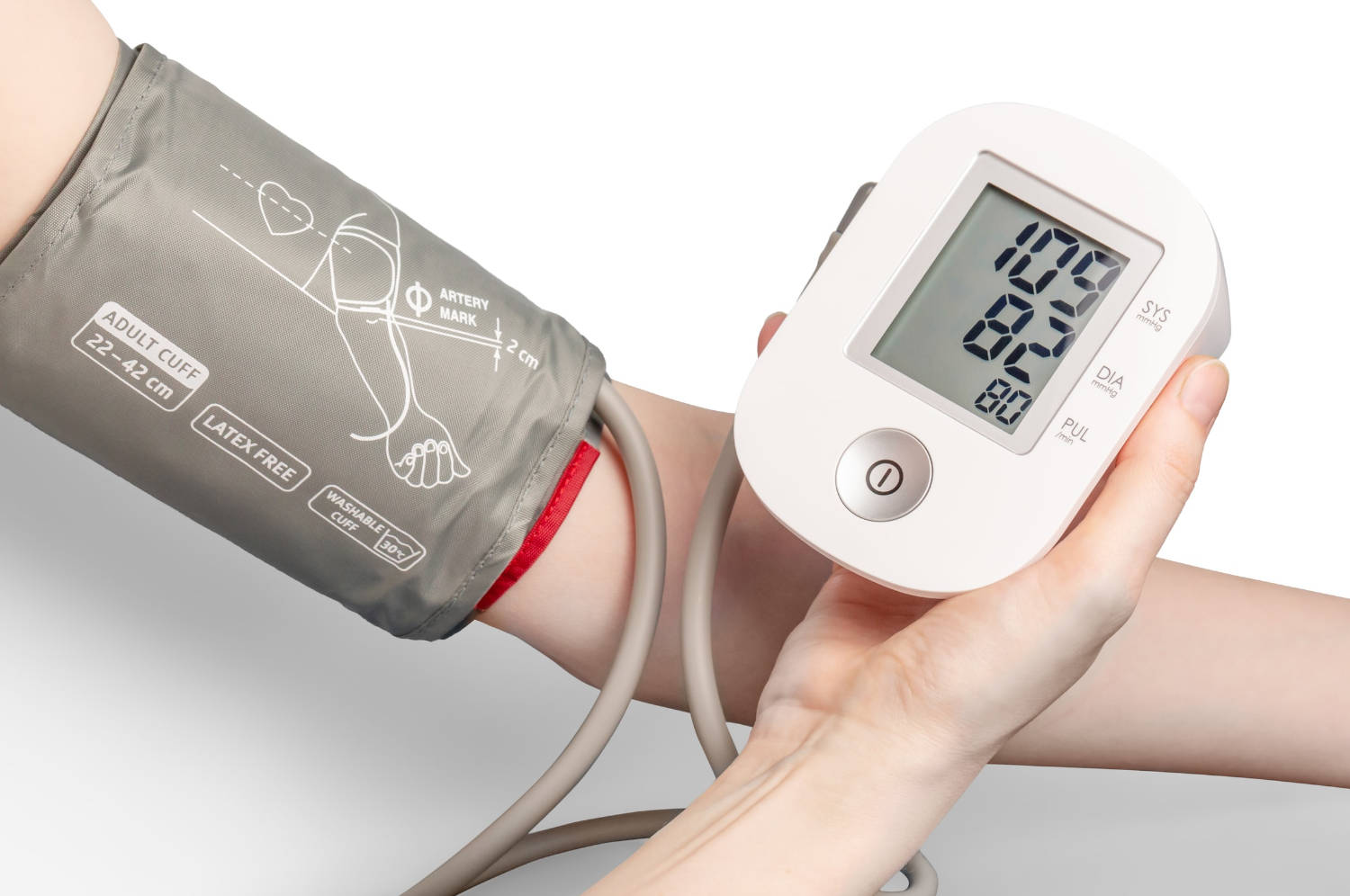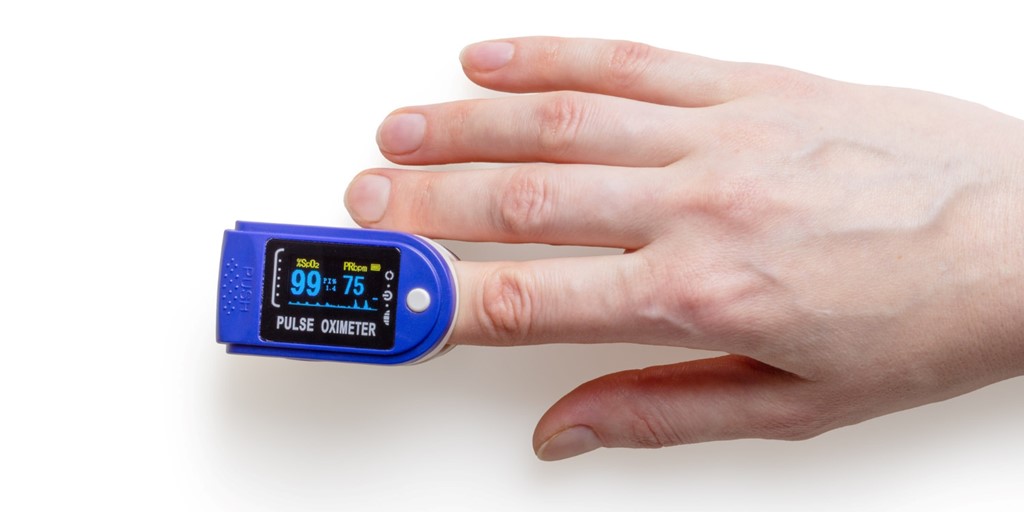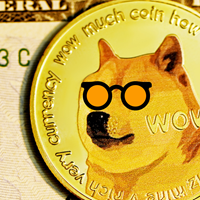Before IoT, patient interaction with doctors was limited to visits, telephone, and text messaging. As a result, the doctors or hospitals could not continuously monitor a patient's health or make recommendations based on it.
Luckily, this problem is getting smaller as IoT-based products for healthcare keep offering new opportunities.
The Internet of Things is undoubtedly transforming the healthcare industry by changing how devices and people interact to deliver healthcare solutions. But what exactly is IoT? What benefits can it offer you of using it? What health apps and devices does it contain? The answer is in this article!
What is IoT?
An Internet of Things (IoT) network consists of many connected devices that gather and share data about their use and environment via the Internet. The whole process is done using sensors that are embedded in all physical devices. For example, it can be a mobile phone, tv, washing machine, conditioning, and most things you come into contact with every day, even traffic lights! IoT platforms constantly transmit data about the state of the devices and integrate the gathered information via sensors. Thanks to this process, a company can get a report about their devices and quick help with any problems.
You may not know, but connected devices may be able to completely transform healthcare with the vast amount of data they generate. This data is a goldmine for healthcare stakeholders to improve patient’s health and experiences while improving healthcare operations.
Benefits of IoT in healthcare
You may bind IoT with smart homes, but there are much more advantages in different fields of using IoT there. For example, patients, families, physicians, and hospitals benefit from IoT applications in healthcare. Therefore, there are numerous benefits for healthcare that can be gained from IoT. You will see why you should implement it!
Improved control
Internet of Things-enabled devices have made remote monitoring in the healthcare sector possible, unleashing the potential to keep patients safe and healthy and empowering physicians to deliver excellent care. By using monitoring equipment embedded with IoT, doctors can keep track of patients’ health more effectively.
Remote patient monitoring is the most common application of IoT devices for healthcare. For example, smart bands for elderly people can monitor their health and alert the doctor if something is out of the norm. Such data generated through IoT devices not only help in effective decision making but also ensure smooth healthcare operations with reduced errors, waste, and system costs.
Better security
People's lives have been changed by IoT, particularly elderly patients, who can now track their health more effectively. People living alone and their families are affected by this. When a person's routine activities are disturbed or altered, the alert mechanism notifies family members and doctors.
Smart devices keep patients feeling safe (as doctors can track patients’ adherence to treatment plans or any need for immediate medical attention.). Doctors can even dispatch an ambulance to a patient's location in an emergency situation and give staff information about the patient's medical condition.
Greater experience
It has also increased patient engagement and satisfaction as interactions with doctors have become more accessible and more efficient. IoT also has a significant impact on reducing healthcare costs significantly and improving treatment outcomes. And as all tracking data is recorded within the system, devices can also suggest medical changes without making appointments.
Aso, data collected from IoT devices can help physicians diagnose diseases at an early stage or even before the illness develops based on symptoms. As a result, doctors have time for more necessary appointments, and also they have their patients under control via intelligent devices. In addition, treatment is also improved as it enables physicians to make evidence-based informed decisions.
Faster action
Sometimes patients are concerned about their health and go to the hospital right away, but it takes so much time. This causes enormous queues, filling places and waiting longer for help. But with the use of smart devices, such situations can be avoided. Thanks to the device, the patients can see what is happening to them, what is wrong. They know that a doctor is watching over them and don’t need to go to the hospital for help. It’s far faster than going to the hospital.

Healthcare IoT: use cases
Health care is being reshaped by IoT devices, as they provide insights, analytics and help make better decisions for doctors and patients. As IoT advances and the pharmaceutical and healthcare industries maintain continuous coordination, real-time monitoring and treatment of diseases will be possible. Now, let's take a closer look to use cases:
Smartphones
Mobile applications offer many possibilities when keeping good health, improving nutrition, or caring for your health. With so many older people using cell phones, it has become a helpful tool for doctors to monitor their condition. Interested in losing weight? Excellent! Download the application recommended by the doctor, and your phone will remind you about training and prepare appropriate recipes for meals. Can't remember taking your medications? Your phone will also remind you of this. Due to the available results, the doctor has more control over the treatment and can adapt the recommendations ongoing.
Wearables
Wearables in healthcare include electronic devices that consumers can wear, like Fitbits and smartwatches, and are designed to collect users' health and exercise data. It incentivizes behavior that reduces hospital visits and readmissions due to poorly managed personal health. Wearable devices receive notifications based on user activity. Such messages can be sent when for example, a particular user's temperature increases astronomically. This is especially important for the people in need of medical treatment and their families. If you connect it to a smartphone, you will receive notifications there as well.
With wearable devices, you can measure and improve your sleep also. In may measure sleep time, breathing, humidity, and room temperature. It is possible to set sleep time goals in the app, and the app is able to suggest ways to achieve these goals.
Monitoring cuffs for blood pressure and heart rate
Today, various small IoT devices like blood pressure or heart rate monitoring cuffs give patients access to personalized attention. These devices can be tuned to remind you about doing the measurement, exercise check, appointments, blood pressure or heart rate variations, and much more. They are created for monitoring, freeing patients to move around as they like while ensuring that their hearts are monitored continuously. In addition, these tools are systematically improved, so they provide more and more accurate results.
Monitoring cuffs for glucose
Monitoring glucose has traditionally been complex. In cases where levels fluctuate widely, periodic testing can be insufficient to detect problems. Nevertheless, IoT devices can help address these challenges by providing continuous, automatic monitoring of glucose levels in patients. Patients can receive alerts when glucose levels are abnormal when using glucose monitoring devices, eliminating manual record keeping. Further, doctors also have access to these results and can change medicines immediately for their patients.
Stroke sensors
A muscle movement sensor, called an electromyography (EMG) sensor, aids in the rehabilitation of prosthetic patients and stroke patients. By measuring the activity associated with muscle contractions, EMG sensors help self-monitor and strengthen muscle conditions. In addition to measuring nerve conduction and muscle response of injured tissues, these sensors are wireless and non-invasive.
Asthma sensors
There is Intelligent Asthma Monitoring wearable technology that can forecast, in advance, oncoming asthma attacks before the patient wearing the device even notices the asthma symptoms. In this way, a patient can try to prevent an attack. Additionally, if the patient lives alone, the right people will be notified in time before an attack.
Over to you
IoT is key to companies that want to become far faster and more effective than yesterday, especially in the healthcare field. The Internet of Things' resolutions can provide a better and more personalized experience for users, and patients, resulting in more significant revenue and better treatment. In an increasingly connected world, harnessing this digital power will make patients' lives better.










 Angry Nerds (Poland)
Angry Nerds (Poland) Angry Nerds (USA)
Angry Nerds (USA) Angry Nerds (Canada)
Angry Nerds (Canada)



